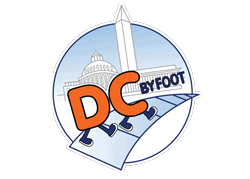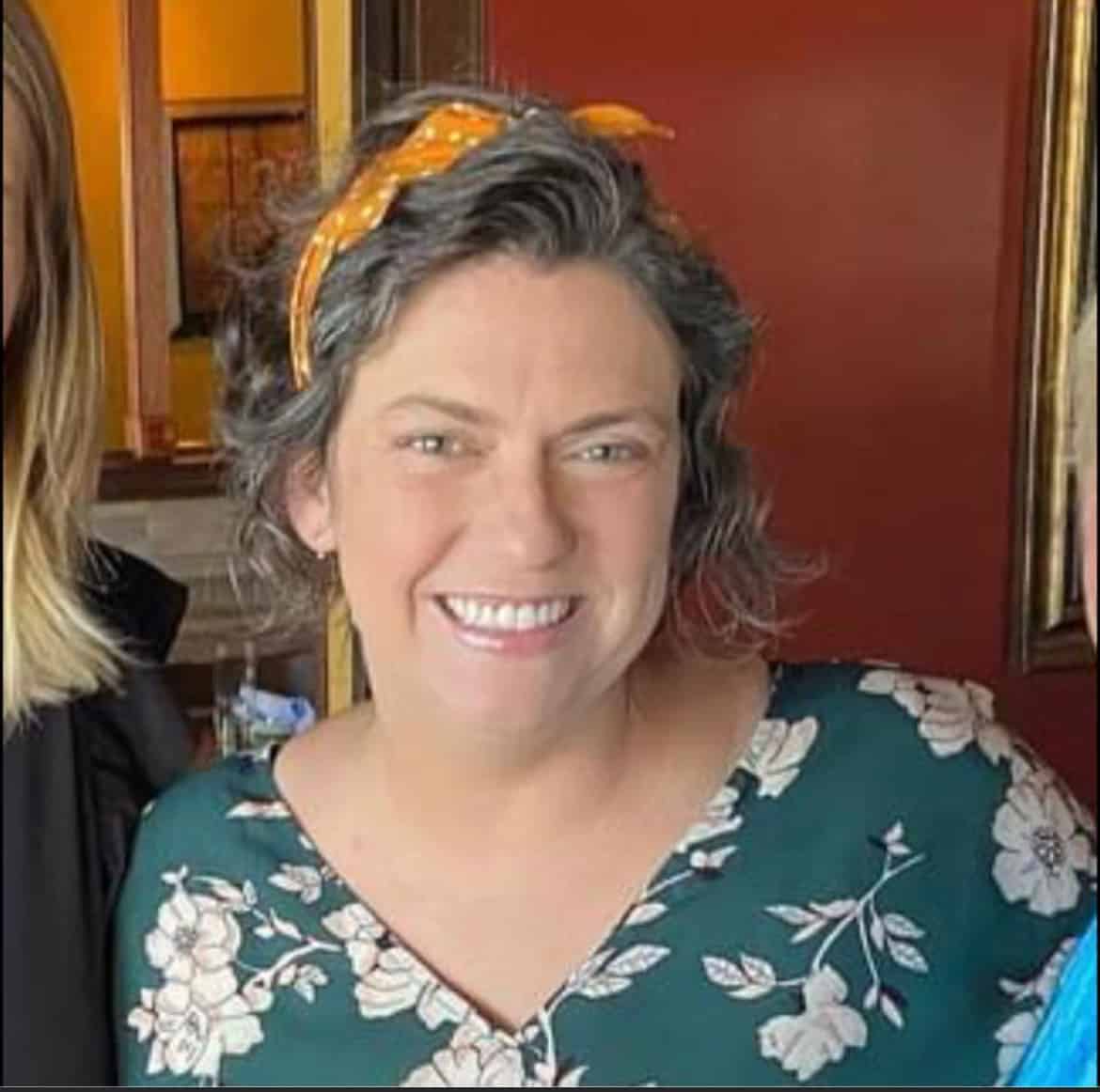There are four statues on the corner of Lafayette Park on the north side of the White House. Who are they?
Check us out on YouTube - Top Things To Do DC - for our weekly series, Should Have Asked A Tour Guide, every Tuesday at 230pm.
PART ONE:
Tour guides talk a lot and this video got long so we've broken it into two videos!
Other Episodes:
- Is the Capitol the Tallest Building in DC?
- Was DC Designed to Confuse Invaders?
- Can you Explain the Layout of DC?
- Did Taft really get Stuck in a Bathtub?
- Who Was Georgetown Named After?
ALL ABOUT THE STATUES IN LAFAYETTE PARK PART ONE
Canden: Welcome to this week's episode of Should Have Asked a Tour Guide. We are here in Lafayette Park to tell you all about the four horsemen of Lafayette... Okay, none of them are on horses, four statues on the corner of Lafayette Park, here on the north side of the White House.
Ingeborg: All right, here we are in front of the statue of Thaddeus Kosciuszko. I know, that's a mouthful, I have been struggling with it all day. He is one of these European leaders that is depicted in each corner of Lafayette Square Park, that assisted us in winning the American Revolution.
Mr. Kosciuszko, he ended up serving in the Continental Army and he was an Army architect and he actually helped with the fortifications of Saratoga and West Point.
Now, the way that he actually became a fighter for the American Revolution, as a young man, he fell in love with his employer's daughter, tried to elope with her, the employer found out and gave him a thrashing.
In fact, beat him within an inch of his life, he was furious and many people believe that that's why he formed disdain for class distinctions. He goes off to Paris, of course, meets a pretty well-known guy nowadays, by the name of Thomas Jefferson.
He became friends with Thomas Jefferson, while Thomas Jefferson was in Paris. Of course, word of the American Revolution had spread all through Europe and he wanted to be a part of it.
He came on over here and thanks to him, really, without him, we wouldn't have been able to win the revolution. Not just him, but all of all of the contributions of these other European leaders.
Canden: This statue is of Marshal Jean-Baptiste Donatien de Vimeur, comte de Rochambeau, but we're just going to call him Rochambeau for now. He was an integral part of the French assistance during the American Revolutionary War, which I assume, we're going to get more into when we hop over to the Lafayette statue.
I am going to go in a completely different direction. You might have heard the term Rochambeau before, but are considering or thinking of a children's game. We call it here in the States [screams], there's a bug in my eye
Becca: We got that on camera.
Canden: I'll leave it in. We call it here in the States rock-paper-scissors. How did a children's game get nicknamed after a French revolutionary war hero? It's probably not, there are a couple theories and my personal favorite story is at the end of the American Revolution, the British have surrendered.
In a tent, are George Washington, Cornwallis, and Rochambeau. They play a game of rock-paper-scissors, in order to figure out who is going to leave the tent first, after the signing of the surrender. This is not true, that is not at all how the surrender went down, those three guys were not together and the papers weren't signed in a tent.
That story is remarkably false, as good as it is. Like most of the things I like to talk about on my tours, there is no historic consensus on how this name got nicknamed Rochambeau.
The current best theory has been proposed by the folks over at Teaching History. In the 1930's, the game rock-paper-scissors became popular here in the States, but it's actually a Japanese game. In the 1930's, we did not have good relations with Japan.
The Children's Bureau, which was a thing in the '30s, was actually just across the street, they're trying to figure out a new name for this Japanese hand game, they look out the window and here's a statue with three syllables in its name, Rochambeau.
Maybe that's our best guess. Now, as the leading expert in rock-paper-scissors here at Free Tours by Foot, did you all know, there is a world championship for rock-paper-scissors that is occasionally televised on FoxSports Network? Not the type of thing I assume that you were expecting to learn in today's video.
Canden: Be sure to tune in next week, where we'll tell you about the two other statues on the corners of Lafayette Square with Becca and Rebecca.
Rebecca: Thanks for checking out our videos, be sure to subscribe to our YouTube channel, on Facebook and Twitter. Just look below and send us your questions, if you have any questions about DC history or DC tourism, we're happy to answer your questions.
What do YOU want to know about DC? Let us know by commenting on a video or tagging us on social media @topthingstododc using #shouldhaveaskedatourguide






